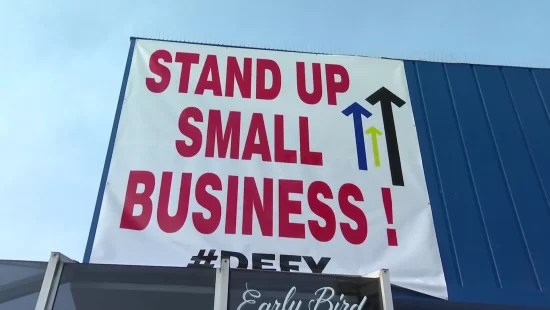Economic uncertainty has halted the hiring plans of many U.S. businesses, but in the agriculture, construction and manufacturing sectors, companies are still looking for labor. And they are not being successful. The reason? The Trump administration’s immigration policy. This is confirmed by the Beige Book, a compilation of anecdotal information about economic conditions in the 12 Federal Reserve districts that was published on Wednesday. The report highlights the tense situation for the monetary authority, which is grappling with a labor market that is losing steam while inflationary pressures are reawakening.
The report release, which comes at a time of a data blackout due to the partial federal government shutdown, highlights situations such as that of a construction firm in Memphis, Tennessee, that is facing higher labor costs and project delays due to a reduction in available labor.
“Contacts in manufacturing, construction, and agriculture continue to report labor shortages due to workers not reporting to work because of fears of deportation. For example, a construction firm in Memphis reported that the reduced labor pool was driving up labor costs and resulting in project delays,” explains the St. Louis Federal Reserve Bank.
The Federal Reserve Bank of San Francisco notes another aspect of the authorities’ anti-immigrant activity, especially in the non-profit sector: “Small business owners reported lower demand and strained finances, as they drew down savings and reduced investment. Contacts attributed some of the decline in demand to changes in customers’ behavior in response to immigration policy.” Reports indicate more business closures, reduced hours, and increased delinquencies among these businesses.
Fed Chairman Jerome Powell has admitted that the labor market is weak. The situation is described as “low hire, low fire” due to the current uncertainty. However, the unemployment rate is not higher due to the decline in the labor force, with a lower share among immigrants.








